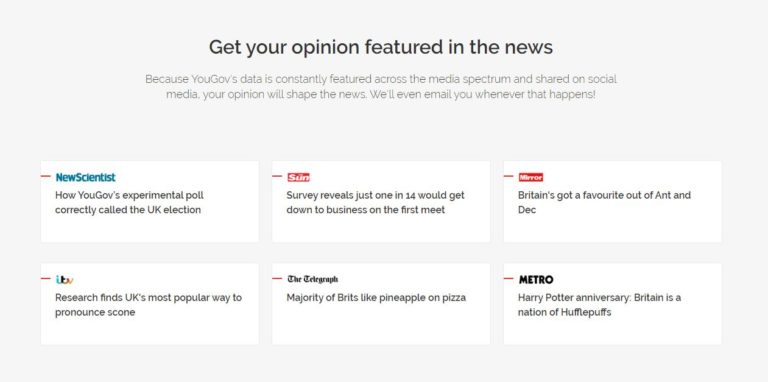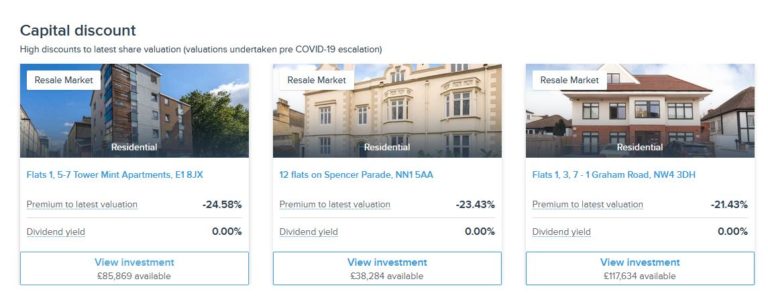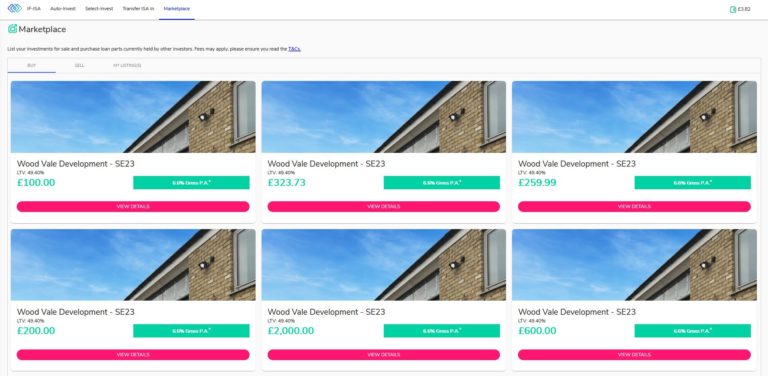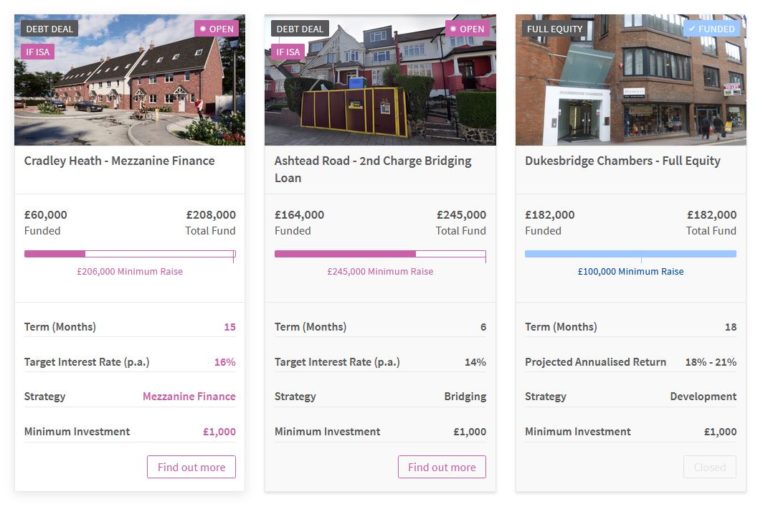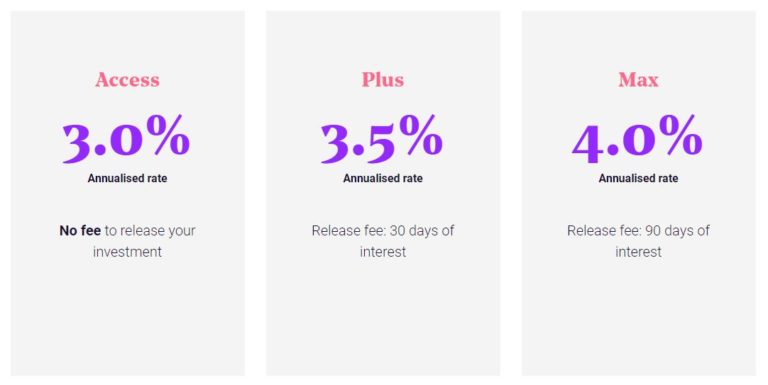How to Make Real Money as a Virtual Assistant
If you’re looking for a way to make steady money from home, setting up as a virtual assistant (VA for short) has a lot to recommend it.
Most VAs work from home providing services to businesses and solo entrepreneurs. Services may include anything from secretarial support to book-keeping, answering calls and emails to updating the company blog. In all cases, though, the work involves using modern communication tools to perform tasks that in the past would typically have been performed in-house.
Opportunities for VAs have grown at an accelerating rate as businesses have come to understand the benefits they can offer. In particular, businesses save by not having to provide office space or equipment for VAs, and only paying them when there is a specific task they need doing. In these cash-strapped times, such savings can present a compelling argument for hiring a VA.
For VAs too, there are many attractions to the role. The main one, of course, is that you can work from home, with all the advantages this confers. These range from fitting in work around childcare responsibilities to big savings on commuting time and costs. In addition, the work can be varied and interesting, and you can specialize in those areas that appeal to you most.
Skills Required
Most virtual assistants have several years’ experience working in offices, whether in a managerial, administrative or secretarial capacity. It goes without saying that you need good keyboard skills. An excellent telephone manner is essential as well, as is a good command of written English.
You will need skills in popular software packages, especially Microsoft Office (ideally including Word, Excel, PowerPoint and Outlook). The ability to work on a Mac is an added bonus. Knowledge of social media is a big plus, as is website design and maintenance.
Many businesses nowadays use WordPress for running blogs and websites, so some knowledge of this platform will be very helpful too.
Beyond this, you will need the ability to communicate with a wide range of clients and quickly grasp what they require and deliver it. A good VA anticipates clients’ needs and suggests ways they may be able to help them boost their productivity and achieve their goals.
You will need to be well-organised and self-disciplined. As a VA you will be self-employed and won’t have a boss looking over your shoulder all the time. You must be able to resist distractions and focus on the task in hand, and be willing put in an extra shift when required to meet your clients’ deadlines.
Finally, you will require all of the personal qualities required by any self-employed person, including tenacity, stamina, perseverance, enthusiasm, and the ability to cope with (and even thrive on!) stress.
Tools and Equipment
You don’t need to spend thousands when you’re starting out, but some tools and equipment are pretty much essential. Here are the main things you are likely to need…
Computer – A desktop is fine for working from home, but really you need a laptop. You can take this with you to clients’ premises for meetings and presentations. It will also allow you to work on the go, anywhere from coffee shops and motorway service stations to your back garden 🙂
Printer – You won’t need this all the time, but for some tasks it’s essential. Get a good quality laser model that will print in black and white or in colour. You could also get a multi-function device that serves as a scanner and photocopier as well.
Internet Connection – You will need a reliable broadband internet connection for email, website work, research, etc. It will also let you use Skype for phoning clients across the world and apps like Zoom for meetings and tele-conferencing.
Smartphone – This will allow you to keep in touch with clients when you are away from home, and also keep you up to date with emails and social media. For some jobs a smartphone camera can come in useful.
Business Cards – These are an essential marketing tool. You don’t need anything too jazzy, but they should look smart and professional. Moo.com is a website offering high-quality business cards printed to your specifications, and you can order as few as 50 if you wish.
There may also be other tools and equipment you need, depending on the services you intend to provide.
- One thing you DON’T need when starting out is a dedicated office. If you have one in your home (or elsewhere) that’s great, but otherwise anywhere you can set up your laptop will be fine. Even a corner of the kitchen table is okay, as long as you aren’t being constantly interrupted. Many VAs work for at least some of the time in co-working spaces and even coffee shops and bars.
Services You Can Offer
I’ve already talked about some of the services offered by VAs, but there are plenty more as well. Here is a list to set you thinking. Clearly you don’t have to offer all the following, but the more you have in your repertoire, the more demand there is likely to be for your services.
- Website and Graphic Design
- Website Maintenance and Updates
- Online and Offline Marketing and Promotion
- Accounting/Bookkeeping
- Data Entry
- Creating PowerPoint and SlideShare Presentations
- Desktop Publishing
- Handling Travel Arrangements
- Proofreading and Editing
- Report and Article Writing
- Minute Taking
- Blogging and Podcasting
- Market Research
- Secretarial Services
- Transcription (General, Legal, Medical, and so on)
- Database Management
- Personal Assistant Services
- Event Planning
- Technical Support
- Coaching/Consulting
- Staff and Manager Training
- Customer Service
One thing to bear in mind is that the more specialized your services are, the less saturated the market will be. It is therefore important if you have specialist skills or expertise to look for ways you can use them to your advantage to create a niche for yourself (and boost your fees). If you speak a second language, for example, you may want to target potential clients who speak this language and/or have clients that do.
It’s also important to take the time to update your skills and add new ones. The 21st century workplace is constantly changing, with corresponding changes in the services clients are looking for. Be prepared to invest a proportion of your earnings in training and personal development, so your skills remain in high demand.
Your VA Website
However good your skills, nobody is going to beat a path to your door to hire you. You will need to market yourself, and one essential tool for doing this is a website.
Nowadays a basic one-page site with a photo and a bit of text won’t cut it. As an aspiring virtual assistant you need to come across as someone at ease in the world of business who knows how to present themselves professionally (online as well as off-). Your website is your shop window, and you will be judged on it!
Unless you have website design/building skills yourself, you may want to consider hiring a professional in this field and get them to create your site for you. The end result will look much more professional. Hiring a designer will cost you money, but it should more than repay itself in the higher fees you are able to negotiate. Search online for website designers and take time to check out examples of their work.
Your website should outline the range of services you offer, and be easy to read and navigate. There is no need for fancy graphics or animations – a clean, readable layout is far more likely to impress potential clients.
One other thing is to try to ensure that your website is search engine optimized by incorporating relevant keywords and phrases throughout the content. The aim here is to ensure that your site ranks high in the search results of people looking for someone providing the services you offer.
If money is tight initially, you could start by using a free website builder such as Blogger.com. Sooner or later, however, there is much to be said for building your website on a self-hosted WordPress platform (as I use for Pounds and Sense). There are many excellent free and low-cost themes you can use that would work well for a VA (I use Themify personally).
A well-designed WordPress site should send a strong message about your skills and professionalism to potential clients. In addition, running such a site will help hone your own WordPress skills, which (as mentioned earlier in this article) are much in demand among businesses.
Marketing Your Services
A website is, of course, an essential marketing tool, but there are many other things you can do as well.
One of the most powerful is networking. The chances are if you are setting up as a virtual assistant, you have previously worked for businesses and other organizations. So let them know that you are now offering your services on a freelance basis, and make full use of any contacts you may have.
In addition, there are agencies for VAs that you can join to find work. One of the best known is Time Etc. They match up virtual assistants with businesses (and solo entrepreneurs) who need their services, and pay them an agreed hourly rate. You can apply via this page of their website.
Some other marketing methods you can try include the following:
- Go to business conventions and exhibitions (once these are running again) and introduce yourself to any exhibitors you think might be in the market for your services. Don’t forget to take along a good supply of business cards.
- Set up a profile on the career networking website LinkedIn. As with your website, use this to set out the skills and services you offer. Send invitations to anyone you know in business to build your network, and join any relevant special interest groups.
- Set up a Facebook business page and Twitter account and use these to help promote yourself as well. Do this in a low-key way, to avoid putting people off following you. Share interesting links and even the occasional humorous item, along with reminders of the services you offer.
- You may also want to list yourself on job auction sites such as People Per Hour. On these sites would-be clients list tasks they want done and freelances can then bid on them. Fees are likely to be on the low side for VAs who are just starting out, but nonetheless they can provide a way to gain experience (and references) – and in some cases a one-off job can lead on to a long-term contract.
More Top Tips
Here are a few more tips for anyone starting out in this field…
- Always back up work you are doing for clients and (especially) any original documents you receive from them. Never assume clients have kept copies themselves! It’s best to back up everything at least twice, once to a separate device such as a USB stick and once to a cloud-based storage solution such as Google Drive.
- For many jobs you’ll be paid by the hour, so to keep a record it’s worth investing in some time-tracking software. Toggl is a good basic time-tracker that is free for use by individuals and can keep track of time spent on any number of projects.
- Ask for feedback from clients when you have completed a job for them. Good comments can be incorporated as testimonials on your website (with the clients’ permission), but criticisms are valuable as well, as they reveal ways you can improve the service you offer.
- Keep in touch with former clients and, without being pushy, try to ensure you remain at the forefront of their minds if another job comes up you might be suitable for. If you start offering a new service, for example, that could be a good pretext for an email or even a phone call.
- Consider joining one of the professional associations for VAs. There are several you can choose from, but my recommendation would be the IVAA (International Virtual Assistants Association). Members enjoy a range of benefits, including training and mentoring, a private Facebook group, a listing in a public directory of VAs, and more. For further information, see their website at www.ivaa.org.
- It’s also well worth checking out The VA Handbook website and blog. This is run by UK virtual assistant Joanne Munro and is a treasure trove of advice and resources for aspiring VAs.
Closing Thoughts
I hope in this article to have opened your eyes to a way of making money from home you may not have considered before. If you have administrative and/or secretarial skills, setting up as a virtual assistant can provide you with a good living that fits in with your lifestyle and family circumstances.
You can work full-time or part-time, whatever suits you best. You can specialize in the sort of work that interests you most, and can pretty much guarantee that every day will offer new challenges and surprises.
While a majority of VAs are female, there is nothing to stop men becoming VAs as well, as long as they have the skills and experience required. Being a VA can be a great option for older people too, allowing them to work flexibly from home while making use of skills they may have honed over many years in the workplace.
What’s more, now is a great time to be entering this field. With the coronavirus pandemic, more and more companies (and individuals) are realizing the benefits of engaging home-based VAs. If you can provide the services they want, an ever-expanding range of opportunities is out there.
Another attraction of VA work is that potential clients may be located anywhere. Most of the tasks a VA does can be performed remotely using the Internet and phone – so there is nothing to stop you working for anyone, anywhere in the world.
And equally, as a VA you can – if you choose – work in ‘real world’ locations as well. As the rules about lockdown and social distancing are eased, you might be asked to do anything from organizing events and conferences to training clients’ staff in their offices, or even looking after clients’ homes while they’re away. It’s entirely up to you what services you choose to offer, and when and where you want to do so.
Good luck, and I hope you make lots of real money as a virtual assistant!
As ever, if you have any comments or queries about this article, please do post them below.





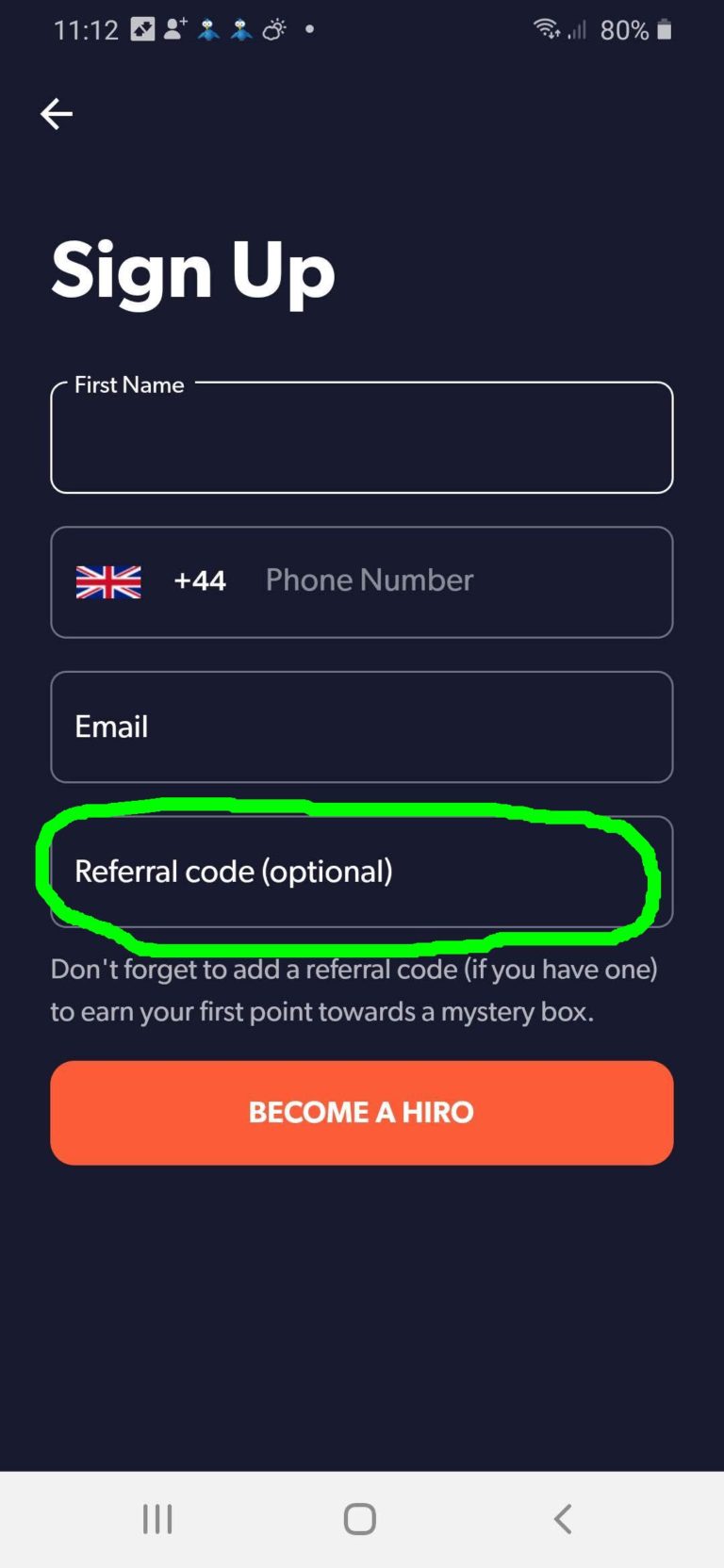

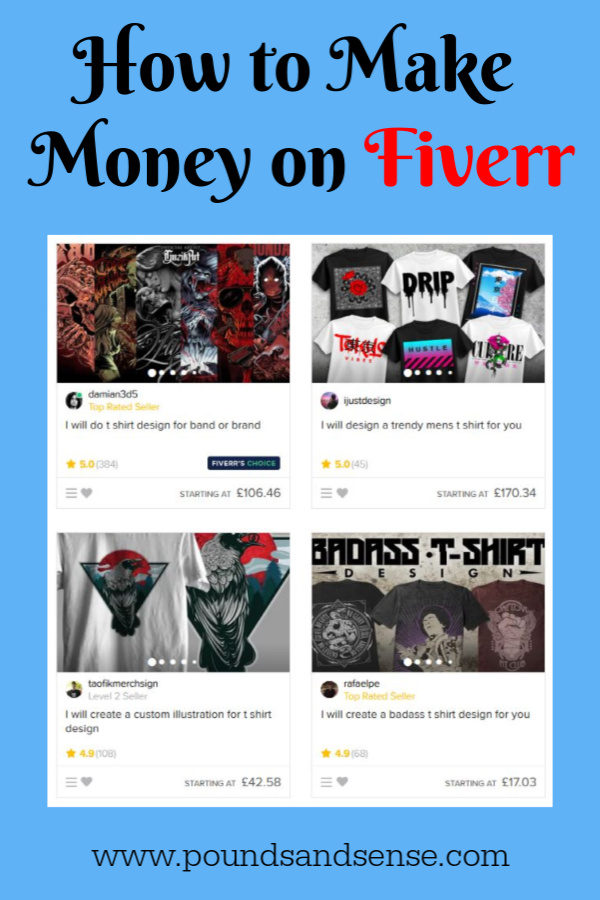
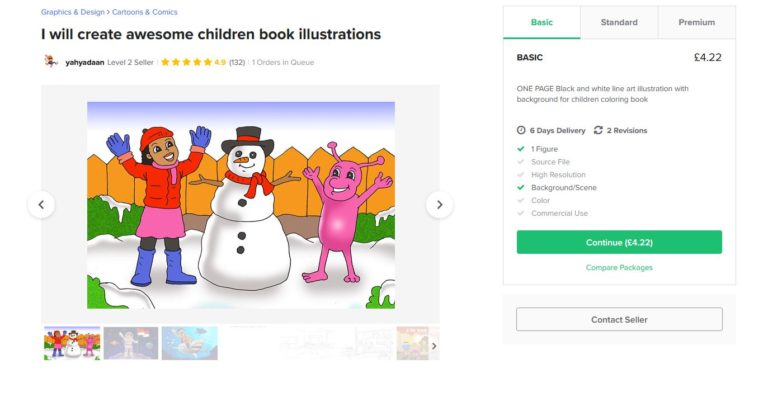 The ability to offer multiples and extras greatly boosts the money-making potential of Fiverr, so it’s well worth putting in a bit of extra effort with your first few gigs to ensure you get good feedback and are quickly promoted to the higher levels.
The ability to offer multiples and extras greatly boosts the money-making potential of Fiverr, so it’s well worth putting in a bit of extra effort with your first few gigs to ensure you get good feedback and are quickly promoted to the higher levels.
